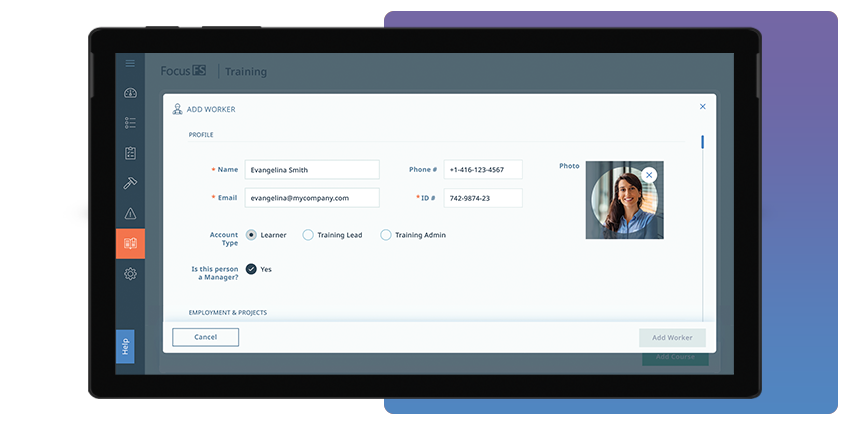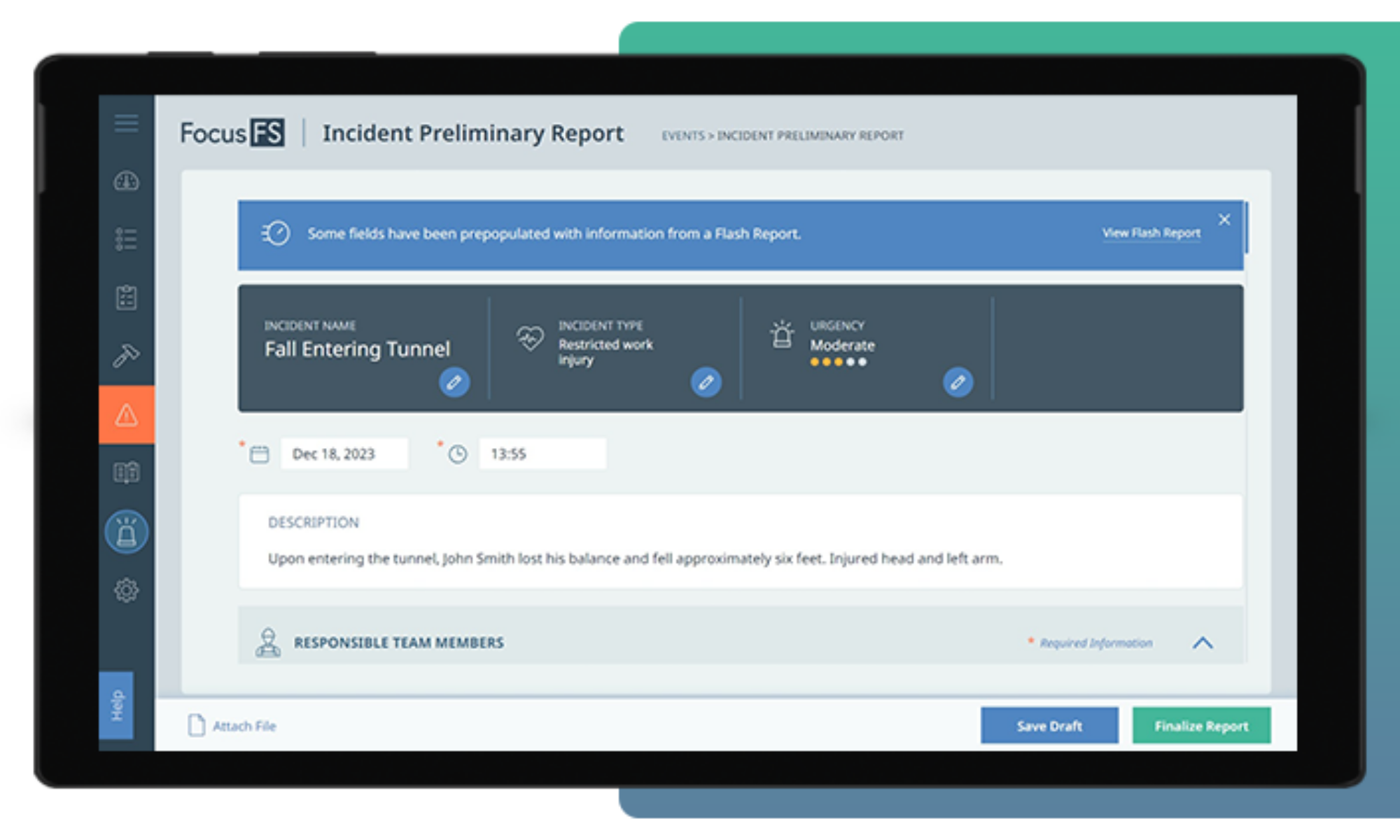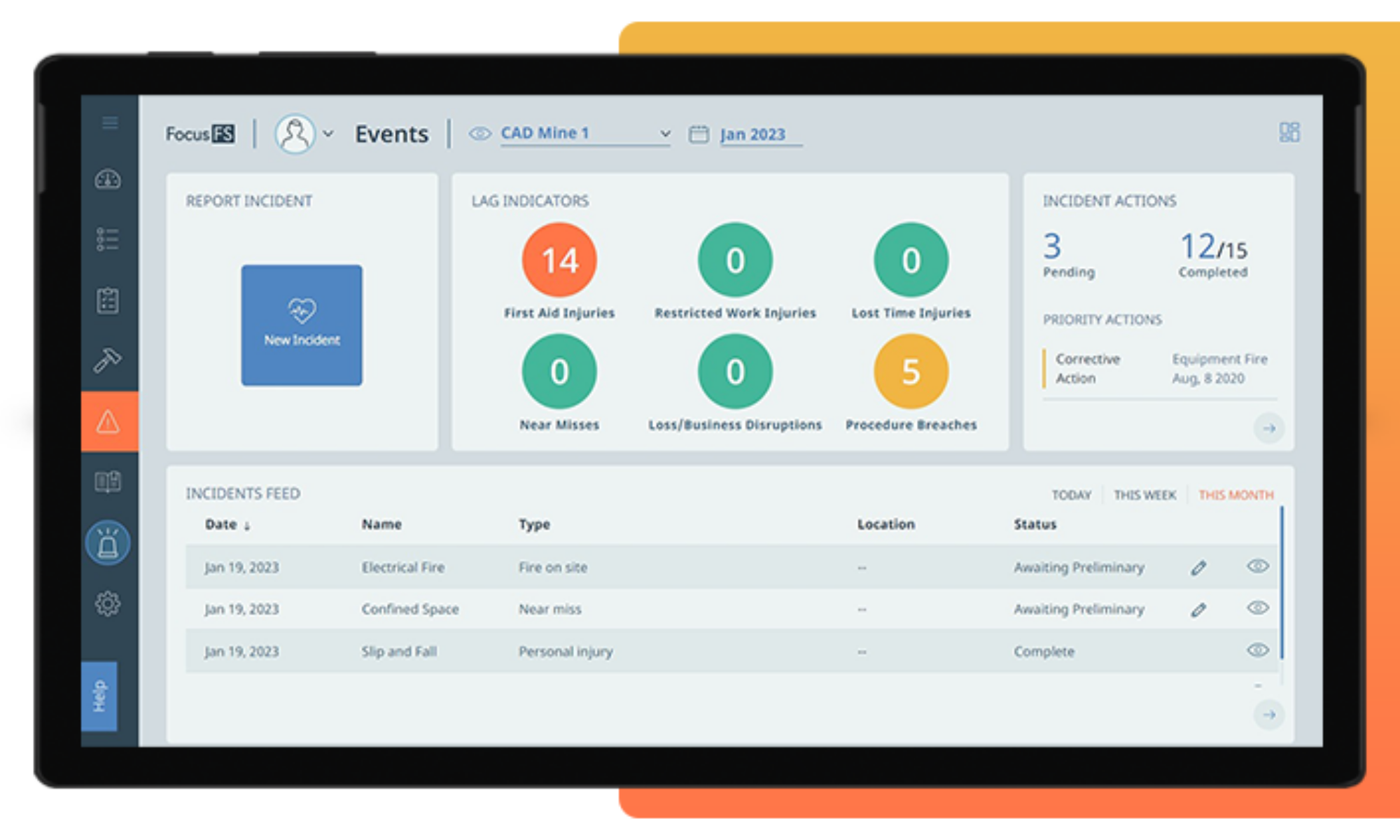Blog
How to Budget for Safety Software this Fiscal Year
March 5, 2024
 The return on investment in health and safety has been well-documented by organizations like OSHA for decades, and safety software is no exception – but how should companies budget for these subscriptions? One approach to accounting for Software-as-a-Service (SaaS) products is the use of operational budgets, which can offer businesses a comprehensive and strategic framework to account for this type of expenditure.
The return on investment in health and safety has been well-documented by organizations like OSHA for decades, and safety software is no exception – but how should companies budget for these subscriptions? One approach to accounting for Software-as-a-Service (SaaS) products is the use of operational budgets, which can offer businesses a comprehensive and strategic framework to account for this type of expenditure.
Operational budgets are dynamic financial plans that focus on day-to-day operational activities, providing a detailed breakdown of expenses across various functions within an organization. When it comes to SaaS products, incorporating them into operational budgets offers several advantages that contribute to better financial planning, decision-making, and overall organizational success.
- Predictable and Recurring Costs: SaaS subscriptions typically involve regular, predictable payments, making them conducive to operational budgeting. By allocating specific funds to SaaS products within the operational budget, organizations gain a clear understanding of their recurring expenses. This predictability enables better cash flow management, allowing businesses to plan for the long term with confidence.
- Flexibility and Scalability: SaaS solutions often offer scalable pricing models based on usage or the number of users. Operational budgets are inherently flexible, making them well-suited to accommodate the dynamic nature of SaaS costs. As organizations grow or scale down, the operational budget can be adjusted to reflect changes in the usage of SaaS products, ensuring that financial resources are allocated efficiently.
- Cost Visibility and Control: Operational budgets provide granular insights into spending across different departments and functions. By incorporating SaaS expenses into the budget, organizations can gain a comprehensive view of the total cost of ownership for each software solution. This visibility enhances control over expenditures, enabling businesses to identify cost-saving opportunities, negotiate better terms with vendors, and optimize resource allocation.
- Strategic Decision-Making: Operational budgets facilitate strategic decision-making by aligning financial goals with organizational objectives. When SaaS costs are integrated into the budgeting process, business leaders can make informed decisions about which software solutions align with strategic priorities. This ensures that SaaS investments contribute directly to the achievement of business goals, fostering a more purposeful and strategic approach to technology spending.
Operational budgets offer a tailored and strategic approach to accounting for safety software, aligning financial management with improved safety outcomes. By incorporating SaaS expenditures into operational budgets, organizations can enhance predictability, flexibility, cost visibility, and decision-making.
Focus FS is proud to offer health and safety software that’s easy to budget for, with unlimited users and predictable invoicing. Interested? Speak to a Focus FS team member today!
—
Let’s get started
Contact us to discuss your current strategies and find out how our solutions are improving health and safety at companies like yours.
hbspt.forms.create({
region: “na1”,
portalId: “19922270”,
formId: “681a175c-fbf0-4ce6-9b17-92c5b5967df5”
});
—
Sources:



